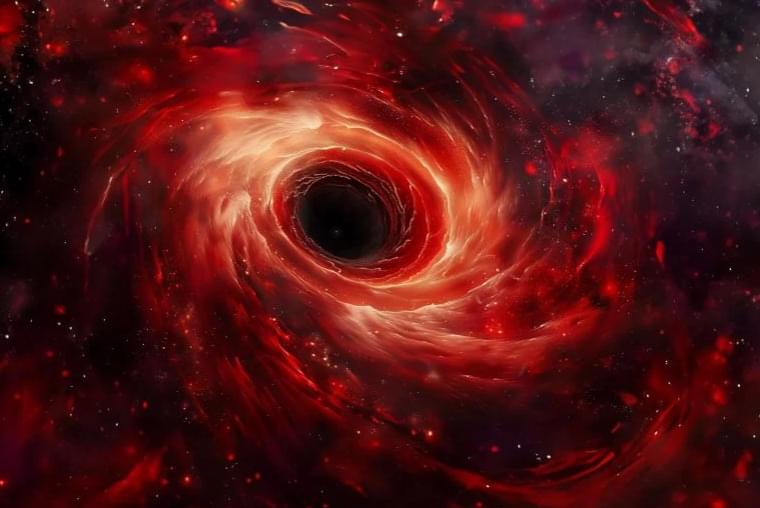NASA’s James Webb Space Telescope (JWST) has detected a unique and “intensely red” supermassive black hole hidden in one of the oldest part of the universe.
Scientists proposed the reddish black hole was the outcome of an enlarged universe just 700 million years following the Big Bang, as given in a paper published this month in the journal Nature. Its colors are because of a solid layer of dust compressing a lot of its light, they said.
Whereas for the first time the cosmic monster was technically invented last year, astronomers have now spotted that it is much more massive than anything else of its type in the field, making it strange discovery that could rescript the way we think how supermassive black holes increase relative to their host galaxies.

The fact that super-massive black holes began forming so early in the universe’s history is one of the largest enigmas of science related to black holes. The idea of gas collapsing straight into black holes without forming stars first is quite frankly, strange.